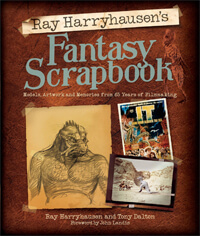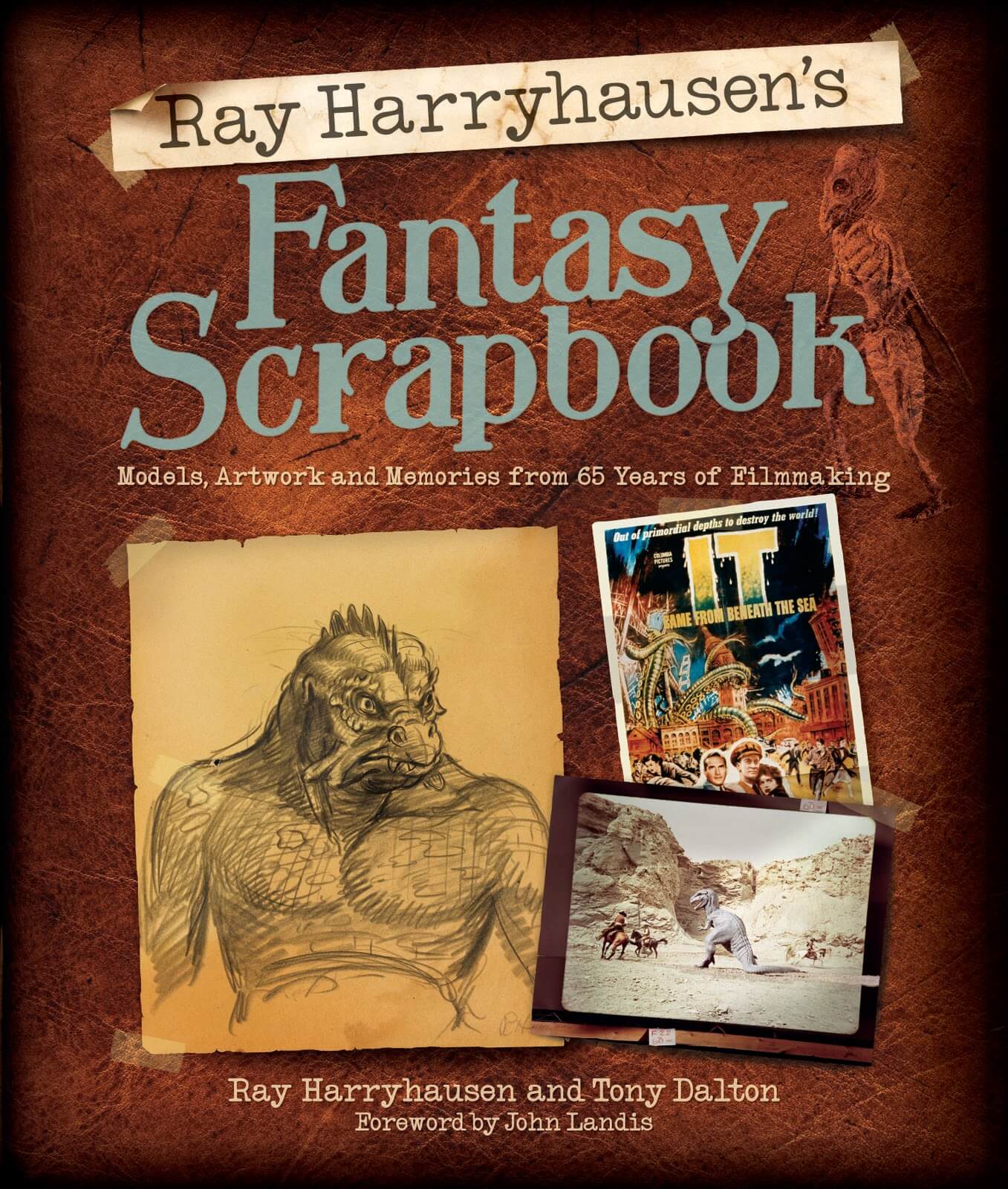Jason and his Argonauts Take Over The Barbican
When Skwigly was asked to attend the Barbicans screening of ‘Jason and the Argonauts’ followed by a panel discussion with Merlin Crossingham (creative director for Wallace & Gromit, Aardman Animations), Tony Dalton (Author and curator for the Ray and Diana Harryhausen Foundation) and Mark Waring(Animation Director), we jumped at the chance.
Although most people may have seen all of Ray Harryhausen’s work on television, the experience of seeing it on the big screen did not disappoint.
Without 3D trickery or Imax proportions everything on the screen still felt alive. The Hydra wasn’t quite as scary as when it was viewed for the first time by most five year olds cowering behind the sofa but it was still as impressive. Although this didn’t stop the occasional giggle from the audience at the sometimes dated dialogue or dodgy acting, but this just added to the fun of the film.
As well as experiencing Harryhausen’s work on a large scale the audience were treated to a viewing of three competition winners storyboards and introduced to the creative minds behind them. The winner of the Competition, Mike Tharme as well as the runner’s up Sarah Crombie and Adrianna Dowling were all delightful and their work that can be viewed here:
The three winners were awarded the very prestigious prize of having a one to one consultation of their work with Mr Harryhausen himself in his London home as well as a variety of other prizes. The competition was hosted by Aurum press, the Barbican and DontPanicOnline.com
All three storyboards displayed a natural talent , not just for drawing but for creativity and story telling. Adrianna’s short film based on her winning storyboard was played during the evening and it was light hearted , funny and very well designed. The other two are currently being turned into animations, they will be highly anticipated. The three winners work oozed Ray’s influence which isn’t surprising when you realise how important Ray’s work has become in the world of stop motion.
The ball and socket armature technique that he favored when he was younger are still the same principles used by countless stop motion studios to this day. The highlight of the evening had to be the fascinating and in depth panel discussion given by Merlin Crossingham, Tony Dalton, Mark Waring and chaired by Gareth Evans (curator, writer and editor, at the Barbican )
Nick Park (Aardman director and creator of Wallace and Gromit) was scheduled to talk on the panel but unfortunately was unable to attend but Merlin Crossingham who has worked at Aardman since 1996 and worked on a huge range of Aardman master pieces including Chicken Run, Creature comforts USA and Wallace & Gromit: The Curse Of The Were Rabbit was a enjoyable and informative addition to the evening.
All of the panel agreed that Harryhausen’s work was an inspiration but also a catalyst for their love of stop motion.
As Merlin put it:
You can’t have a animation studio and it not be influenced by Ray
Tony Dalton, who has worked along side Ray for over thirty years spoke of his fascination with the craft of special effects.
I’m not an animator but what Ray does fascinates me. It fascinates me so much I’ve written 5 books on the subject
His and Ray’s newest book ‘Ray Harryhausen’s Fantasy Scrapbook’ promises to be filled with insights into not only the technical processes that lead to the films but also the creative input that was needed to build these projects. The anecdotes alone make this book an interesting addition to the bookshelf.
Tony’s stories of Ray kept the room laughing all night, from his revealing Ray’s nickname to be ‘One Take Harryhausen’ due to his work method of never re shooting a scene, to the shocking revelation that somewhere a script was written called ‘Sinbad goes to Mars’ that never saw the light of day. They didn’t know what to do with (Sinbad) once he got there
The main theme that came across from the panel was one of awe struck admiration for a man who committed himself to do more work than a modern studio could possibly imagine.
When asked about the difference between feature film crew sizes in modern films Mike explained that there can be anything up to 500 people working on a new film at any one time. Its easy to forget that Ray did all of this on his own and some times, especially in the early years, out of his own pocket. A film would demand so much from him he would be paying his own money into a project just to get it done.
Tony Dalton: If Ray failed it was all down to him, he was the only one working on it, his father helped occasionally with models. in fact he build models until he was in his 70’s for Ray. ….Ray would animate for the best part of a year on a film… he wouldn’t watch his work as he animated but he may film reference occasionally on a movieola…Once he started a scene he kept working until it was done. He had to, it wasn’t something you could walk away from and start working on again the next day…..he occasional slept in a camp bed in his workshop…then he’d get right back to it.”
The inevitable debate of CG taking over from stop motion special effect brought about some interesting insights from the panel:
Mike Waring: You have to remember that Ray was creating special effects….Special effects are always as good as they can be for the time…..If a modern or new technique comes along then people are going to use it… It is a shame to not see the craft of his work, not that cg doesn’t involve a certain amount of craftsmanship but Ray’s work had a hands on feel to it….in fantastic Mr Fox we wanted to achieve the hand crafted feel to the film so we banned playback. All animators weren’t allowed redo’s…..this teaches animators to have an internal memory for the animation…animators from the age of ‘no playback’ seem to have that something special in their animation
Tony did speak on his opinions of CG effects:
In my personal opinion… I prefer the effect Ray created….CG sometimes feels its taken the fantasy out of fantasy….I find it too real to be fantastic.
Tony as well as the rest of the panel made sure to point out many times that they enjoyed and appreciated cg as an artform and as a great tool in films. When you watch the old fantasy films Ray produced you almost feel you could touch the characters on screen and this mainly was because you could. They were hand crafted, movable models and Ray used his imaginative nature to create.
Medusa for example is only one model. The close ups and long shots are all taken from the same model so she had to be incredibly detailed to create a believable creature. In contrast to this Tony brought along a Skeleton featured in Jason and The Argonauts and its size was shockingly small. No more than 6 inches high.
But the most important lesson of the night definitely came from Tony Dalton:
Ray doesn’t like to call any of his creations monsters, He called them creatures as they aren’t bad just misguided
The night was a fantastic chance to learn more about the accomplished talent that is Ray Harryhausen as well as a great excuse to watch a classic film. It was also exceptional to listen to 3 people who have a love for their craft discuss such a piece of great theater.
Gareth Evans leading of the event was superb and the Barbican was a ideal location for the event. We would definitely recommend the new book “Ray Harryhausen’s Fantasy Scrapbook” Its a perfect Sunday read and will hopefully help us all to understand why those creatures are so misguided after all.
Items mentioned in this article:








